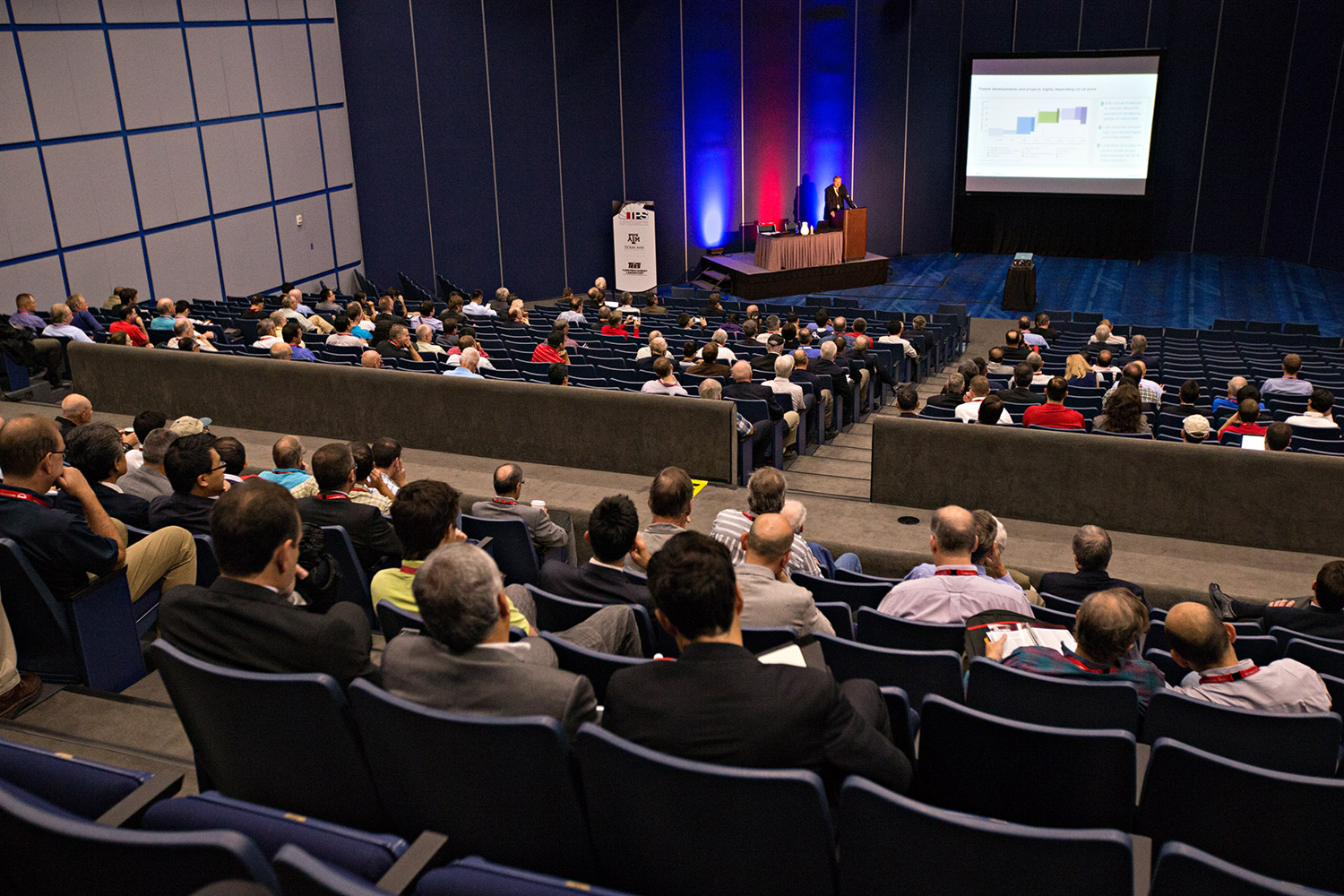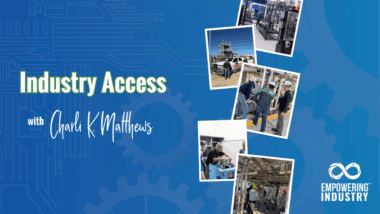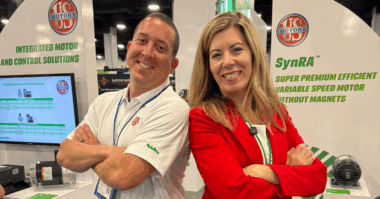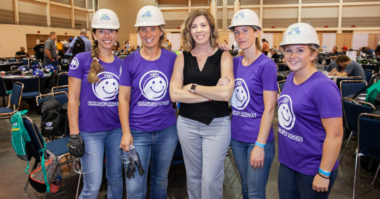The theme for the 44th Turbomachinery and 31st Pump Symposia was “Meeting the Demand of Changing and Challenging Markets.” The Texas A&M Turbomachinery Laboratory did not disappoint with 85 sessions, including 18 case studies, 19 lectures, 20 tutorials and 28 discussion groups.
In the opening keynote address, Lennart Nilsson of Siemens AG (a Dresser-Rand Business), explored a timely and appropriate question: “How can the rotating equipment industry respond to the current market challenges?“ He offered several solutions:
- Serving oil and gas and related industries with the broadest portfolio
of combined solutions with more choices. - With regard to gas transport, use reliable power and efficient solutions from small-scale
to large-scale applications. - Recondition existing rotating equipment to make it suitable for variations in plant capacities, gas compositions and other changing client needs.
- Stay close to clients to offer solutions to help alleviate bottlenecks.
- Leverage academic research to drive innovation and find talent.
There was a lot of buzz from the showroom floor on the topic of industry challenges and solutions.
Cory Grant of LUDECA said, “Oil & Gas has slowed down drastically. Since we provide preventive maintenance solutions for all markets, if it rotates, we are there. When one industry is down, we must focus on the other industries that are strong. Right now, this includes food, power, water, wastewater and renewables.”
Grant said one of the biggest challenges his customers face is soft foot. Soft foot is every alignment technician’s worst nightmare, he said, but absolutely critical to the process. “It’s like a rocking table, when one leg is not balanced with the other three,” Grant explained. “If the soft foot is off balance, it affects everything. The solution is to check it at the beginning, every time.”
There is more detailed information about soft foot on the LUDECA blog at http://ludeca.com/blog/tag/how-to-fix-soft-foot.
Boerger’s Jeff Seaton said reliability will continue to be a topic of concern in the rotating equipment industry. “Everyone is paying attention to reliability and uptime. We have to ask the question, ‘Can we maintain it inexpensively and with our own people?’ We are constantly developing new lines to fill the holes for our customer.”
Boerger recently introduced the new ONIXline rotary lobe pump. At the heart of the pump are the newly developed rotors. Their advanced geometry together with the flow-optimized pump casing ensures the best efficiency with high pressures. The ONIXline rotary lobe pump is used when other pumping systems reach their limits.
Motor manufacturers like WEG and Nidec are preparing for the new NEMA Small Motor Rule and other industry required motor regulations. WEG’s Jimmy Spencer discussed this topic in detail and described the impact this has for motors on the rotating equipment industry. “The larger motor efficiency is driven by the end user. The smaller motor efficiency is driven by NEMA,” he said.
Steve Jagels, Global Market Manager for PPE said one of the biggest challenges in the sealing industry at the moment is sour gas resistance, which happens during the upstream extraction phase. “Sour gas is an extremely corrosive gas. If you smell it, it will kill you,” Jagels explained. “And it attacks O-Rings. Many oil wells are contaminated with it. We must design equipment in advance to prepare to fight it.”
Seals for oil and gas equipment are limited by elastomer properties such as oil resistance or high and low temperature capability, Jagels said. Sour gas resistance in combination with low temperature sealing performance has been difficult to achieve in the past, but newer materials do meet the challenge. Learn more about this by viewing Jagels’ webinar on Sept. 30 at 10 a.m. central time. bit.ly/lowtempsealing
Henri Azibert, the Fluid Sealing Association’s Technical Director said the biggest challenge in the industry right now is the need for knowledge and education in operating systems. “The questions are not very complex, but the technology is very complex and there are very few people who actually understand it,” Azibert said. “We need to continue to create opportunities for people to get this knowledge. And we need to simplify things for the end users. At the FSA we focus on trying to maintain seals that are environmentally friendly. We cooperate with the European Sealing Association and try to learn from professionals from all over the world.”
The Hydraulic Institute’s new Executive Director, Michael Michaud talked about HI’s new groundbreaking pump testing certificate. HI member company Hydro, Inc. became the first organization to have their pump test laboratory approved through the new program, which assists pump OEMs and other pump test laboratories improve their current laboratory procedures and policies by working with an experienced third-party auditor to develop and maintain accurate, uniform, and repeatable pump testing protocols.
It also helps participating organizations adhere to the requirements of the international test laboratory accreditation standard (ISO 17025) concerning test measurement equipment. The PTLA program has been designed around the new HI ‘Program Guide for Pump Test Laboratory Approval’ (HI 40.7–2015), which summarizes the program’s key elements.
Any qualified domestic or global corporation, research institution, or laboratory can participate in the HI PTLA program. Facilities must have in-house capabilities to conduct pump performance tests to HI’s Methods for Rotodynamic Pump Efficiency Testing (HI 40.6–2014) standard, personnel that understand HI standards and pump testing techniques, and quality systems that ensure continued best practices after the audit. As part of the program, qualified laboratories agree to periodic audits of their facilities, records, equipment, and personnel to determine compliance with the HI 40.7 program guide and HI 40.6 standard.
In addition, the program promotes an increased level of assurances to pump end-users as well as energy advocates and electric power utilities, which are working with HI to develop an energy rating label to accelerate the adoption of premium efficiency pump systems.
The Empowering Pumps team now heads to Chicago for WEFTEC, from where we will continue to report about industry challenges and solutions.




